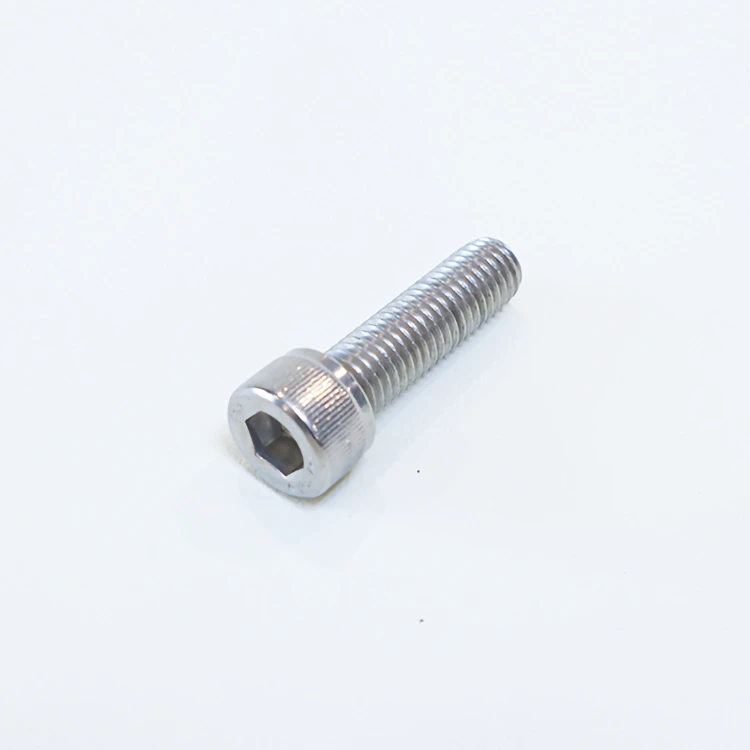DIN 7991 countersunk head hexagon socket bolts, also known as flat head socket cap screws, are a critical component in many engineering, construction, and manufacturing applications. These bolts are designed to provide a flush finish, enhancing both the functionality and aesthetics of the assembled parts. Let’s delve into the specifics of these bolts, their applications, and the advantages they offer.
What is DIN 7991?
DIN 7991 is a standard that specifies the dimensions and requirements for countersunk head hexagon socket bolts. These bolts feature a flat top with a conical bearing surface that fits flush with the mating surface when installed. The head is driven using a hex key or Allen wrench, which fits into the hexagonal recess in the bolt head. This design ensures a smooth, snag-free finish on the surface of the material.
Key Characteristics
- Material and Strength: DIN 7991 bolts are typically made from high-strength steel, stainless steel, or alloy steel, ensuring durability and resistance to corrosion. They are often available in various grades, such as 8.8, 10.9, or 12.9, which indicate their tensile strength and load-bearing capabilities.
- Head Design: The countersunk head design allows the bolt to sit flush with or below the surface of the material, making it ideal for applications where a smooth surface is essential. This feature is particularly beneficial in aerodynamics and aesthetics.
- Drive Type: The hexagon socket drive provides a secure and robust method of installation, reducing the risk of slippage and allowing for higher torque to be applied during tightening. This ensures a strong and reliable fastening.
- Threading: These bolts are available in both coarse and fine threading, providing versatility for different applications. The threading is designed to provide maximum holding power and resistance to loosening under vibration.

Applications
DIN 7991 countersunk head hexagon socket bolts are widely used in various industries, including:
- Automotive: Used in assembly and manufacturing for components that require a flush surface, such as in engine parts, body panels, and interior fixtures.
- Aerospace: Essential for securing panels and components where aerodynamic efficiency is crucial. The flush surface helps reduce drag and improve the overall performance of the aircraft.
- Construction: Ideal for fastening elements where a smooth finish is desired, such as in flooring systems, furniture, and architectural features.
- Machinery: Used in the assembly of machines and equipment where a protruding bolt head could interfere with moving parts or cause safety hazards.
Advantages
- Aesthetic Appeal: The flush finish provided by these bolts offers a clean and professional look, which is often important in visible applications.
- Reduced Interference: The countersunk design prevents the bolt head from catching on clothing or other materials, enhancing safety and functionality.
- High Strength: The materials and design of DIN 7991 bolts ensure they can withstand significant loads and stress, making them suitable for demanding applications.
- Versatility: Available in various materials, sizes, and grades, these bolts can be tailored to meet specific needs and requirements.
Installation Tips
- Proper Tools: Use the correct size hex key or Allen wrench to avoid damaging the hex socket. Ensure the tool is fully seated in the socket before applying torque.
- Torque Specifications: Follow the manufacturer’s torque recommendations to achieve optimal fastening without over-tightening, which could damage the bolt or the material.
- Surface Preparation: Ensure the mating surface is clean and free of debris to achieve a proper flush fit.
Conclusion
DIN 7991 countersunk head hexagon socket bolts are a versatile and reliable fastener choice for applications requiring a smooth, flush finish. Their high strength, aesthetic appeal, and wide range of sizes and materials make them suitable for various industries and purposes. By understanding their characteristics and proper installation techniques, these bolts can provide a robust and long-lasting solution for your fastening needs.